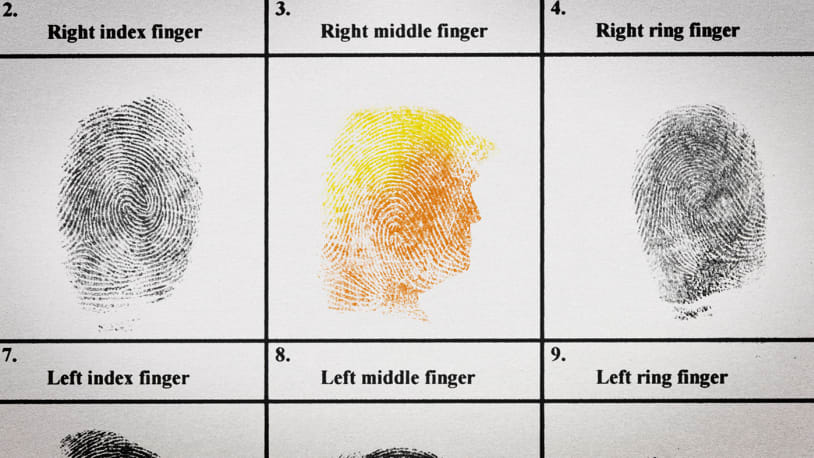

I like the choice of SIlverstone for the case. I got one of those for my proxmox server. It was compact, but not so compact that I left a lot of skin and blood behind after mounting components. I will say that other manufacturers (like Fractal Design just seem to understand how to design an interior a lot better, though.

























You are describing Real Time with Bill Maher. People continue to watch his show. At least, I think you are, because I’m not sure what a “questionable guest” even is.